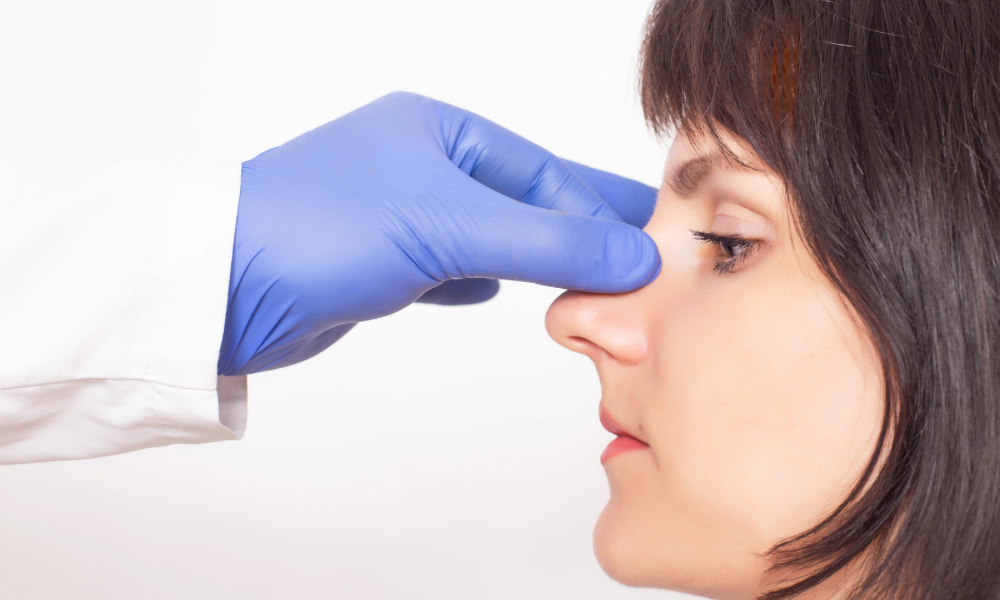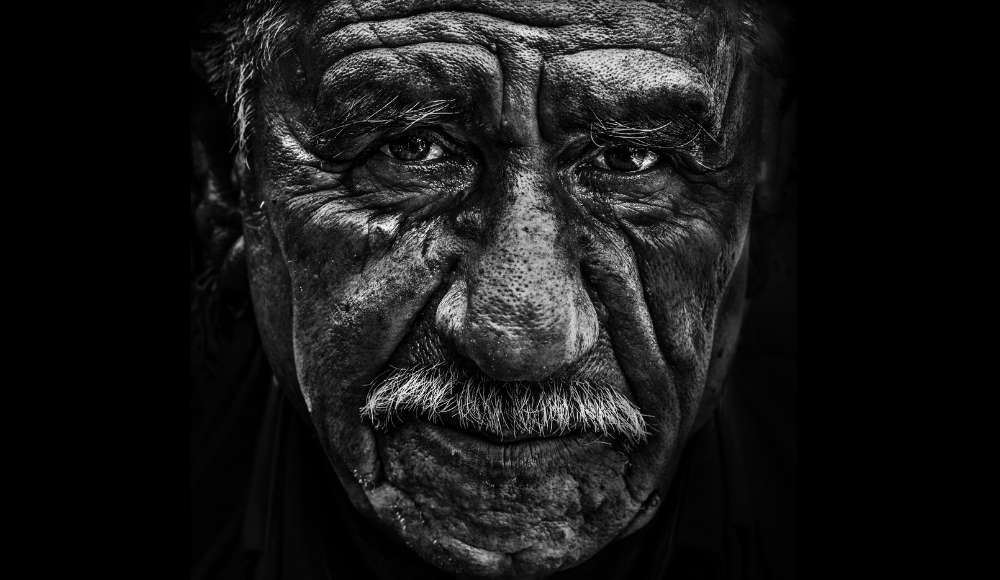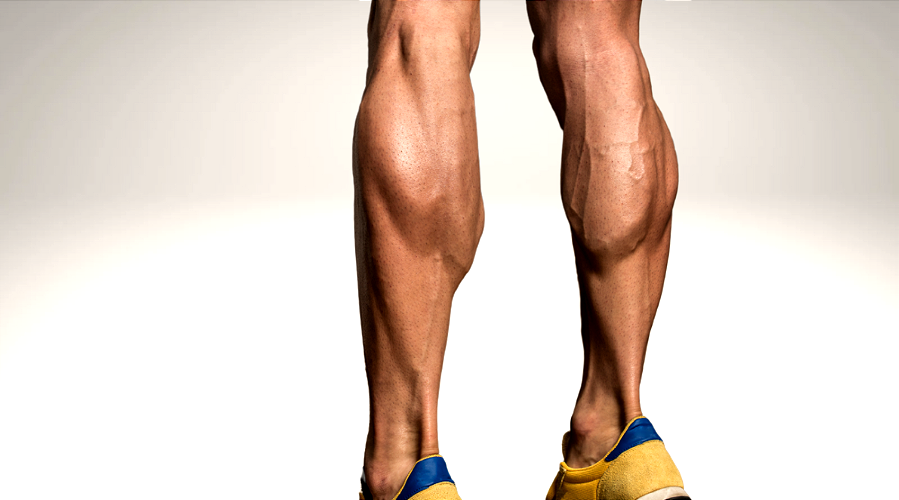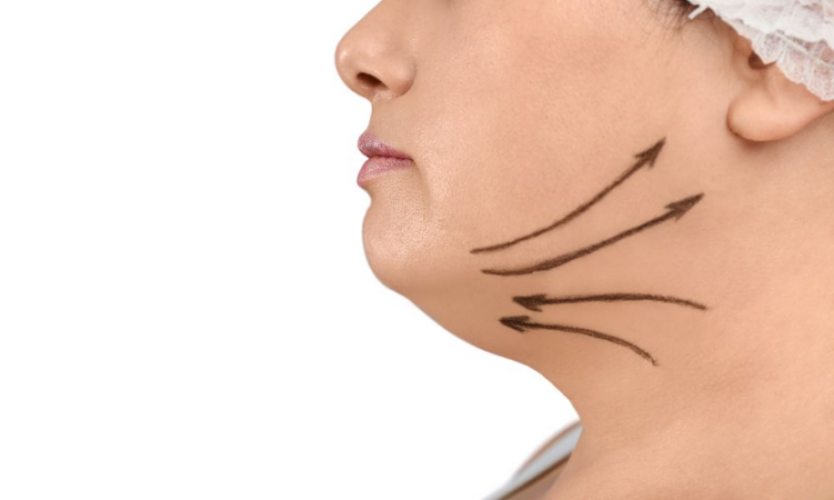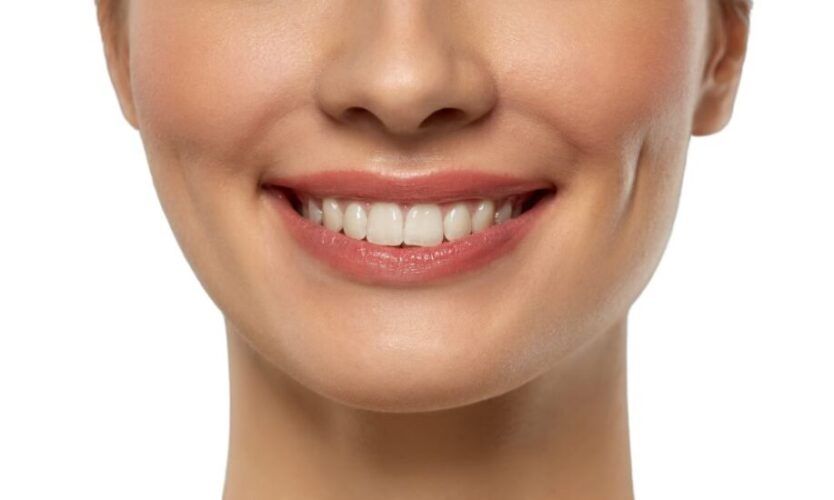Rhinoplasty is a surgical procedure to change the appearance of the nose and/or to improve breathing.
The nose is divided into the upper third bony vault, mid third cartilaginous and the lower third comprising of soft tissues and cartilages. Any structural abnormalities over these structures can happen congenitally, following trauma or as a sequel of any disease. Rhinoplasty is done to correct the deformity over the nose by improving its shape, size and proportion. Functionally if there are breathing difficulties due to deviation of the septum(bridge dividing nose) or any other structural changes, rhinoplasty helps in its correction and improves breathing.
Rhinoplasty corrects visible hump/depression over the nasal bridge,
Rhinoplasty improves the nasal tip that is enlarged/ bulbous, droopy or upturned,
Rhinoplasty corrects wide nostrils and any nasal asymmetry.
You may be a good candidate for rhinoplasty:
-If you have realistic expectations for the improvement of nose appearance,
-If you are healthy with no major illness,
-If you don’t smoke frequently,
-If your facial growth is complete.
How to prepare for rhinoplasty?
The candidate looking for rhinoplasty surgery should consult a board-certified plastic surgeon/ENT surgeon. The candidate’s motivation for surgery and its realistic expectations are discussed. Medical history is asked to know any history of nasal obstruction, surgeries, or any medications, and the case of any bleeding disorders, for example, haemophilia may not be a candidate for rhinoplasty.
A detailed assessment of the nose will be done to assess breathing and the necessary changes to be made to the nose. During the consultation, photographs will be taken to plan surgery, intra-op references and to compare with post-operative changes during follow-up.
Procedure:
Rhinoplasty procedure might vary from a simple procedure to compel surgery depending upon the requirement for the changes to be brought over the nose and thereby it can either be done under local anaesthesia or under general anaesthesia.
The surgical incision (cut) for rhinoplasty is either inside of the nose (closed rhinoplasty) or through a small cut at the base of the nose between the nostrils (open rhinoplasty). The cartilage and bone are then modified underneath the skin/soft tissue to bring out desired changes on the nose. Various manoeuvres are done on bone, cartilage and soft tissues by cutting tissues, adding tissues or suturing tissues to achieve desired goals. To bring changes over the nose sometimes tissue needs to be added and that is taken from the septum (wall between nose)/ ear/ rib cartilage or bone from other parts of the body. Implants are also considered if one desires not to take tissue from other areas of the body or if there is a paucity of donor sites.
The wall between the nose (septum) if deviated as in crooked nose deformity is corrected by a procedure called septoplasty, thereby improving breathing.
Risks:
Like any other surgery rhinoplasty has general risks involved like bleeding, infection and adverse reaction to anaesthesia. Other than that there are specific risks associated with rhinoplasty as follows:
-Difficulty in breathing through the nose,
-Numbness around the nose,
-Irregularities/ asymmetry of nose,
-Scar
-Swelling,
-Hole is septum (wall between nose)
-Secondary/revision surgeries,
-Swelling and bruising.
Recovery:
The surgical site is stuffed or splinted and the outside of the nose is bandaged to protect and support the new nose shape. Typically, this bandage should remain on her for a week, after which the surgeon removes the bandage and stitches. Pain and swelling are most noticeable in the first week after surgery, followed by bruising and tenderness on the cheeks and under the eyes for a week or two, which usually resolves.
The soft tissue of the nose tends to stay swollen longer than most other parts of the body. You will see a noticeable difference after 3-4 weeks, but it may take several months to see the final nose contour.
It’s important to understand that it can take up to a year for the swelling to fully subside and the final shape of your new nose to take shape. Most patients experience a gradual change in appearance during the first few weeks as the tissue heals and the swelling fades.
The surgeon will provide specific and detailed post-operative instructions. Follow these instructions for the best results.

